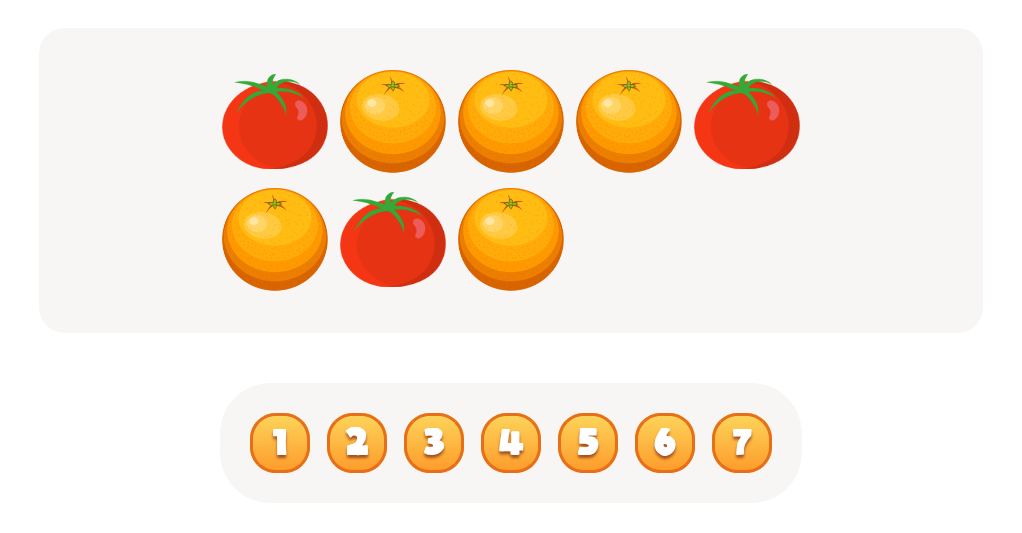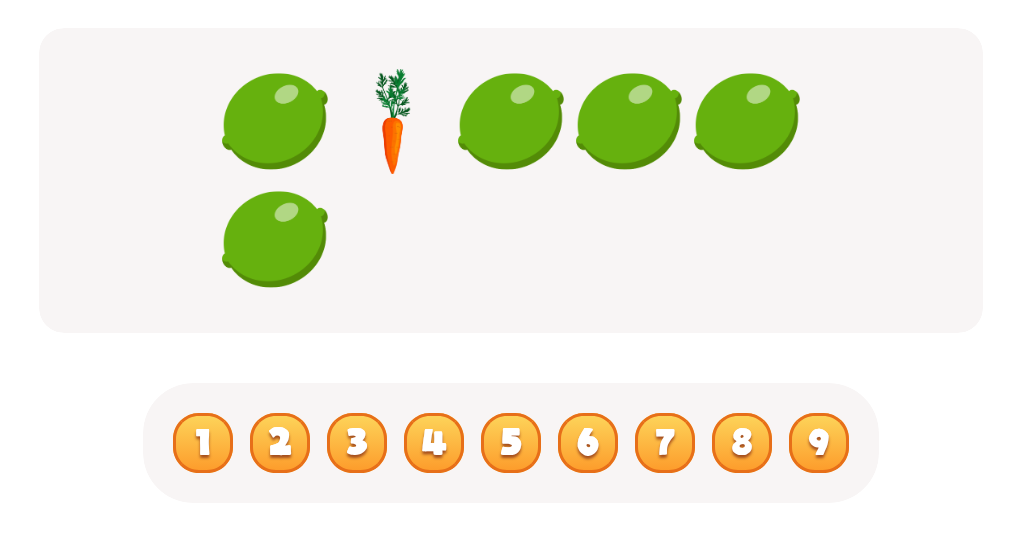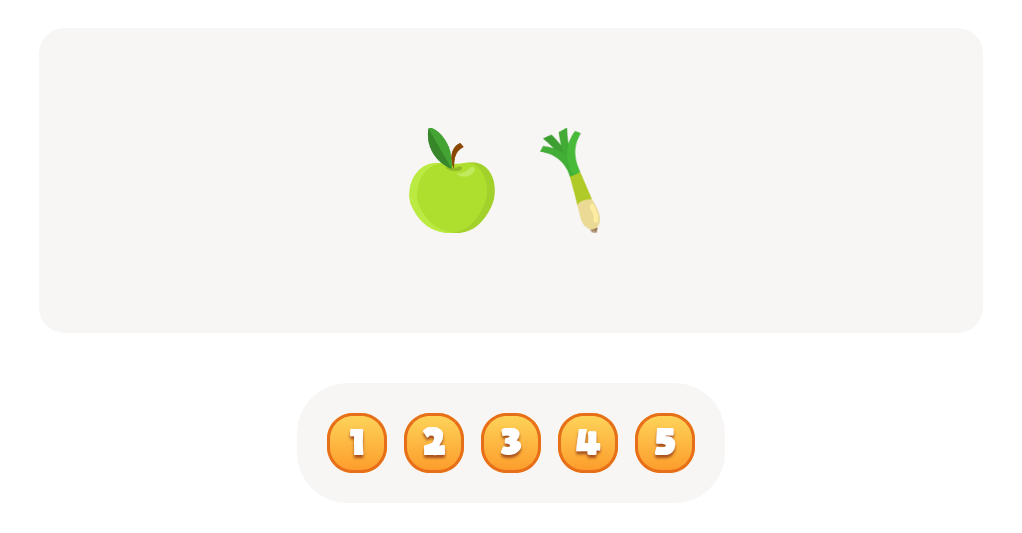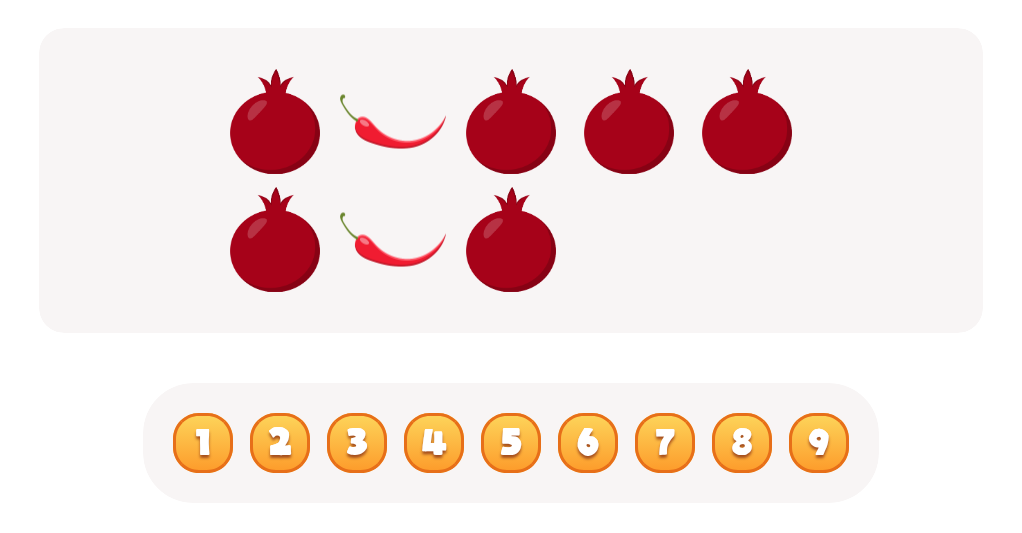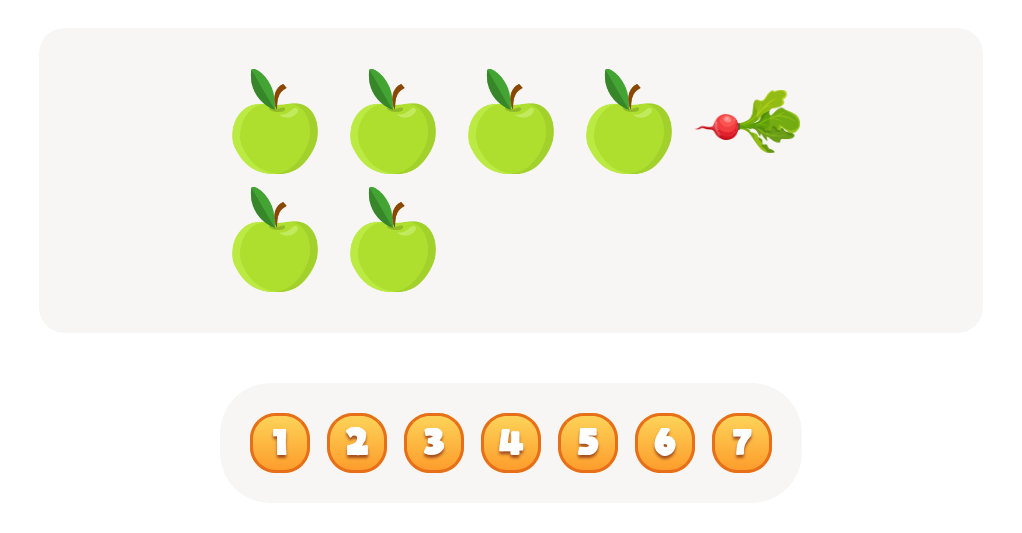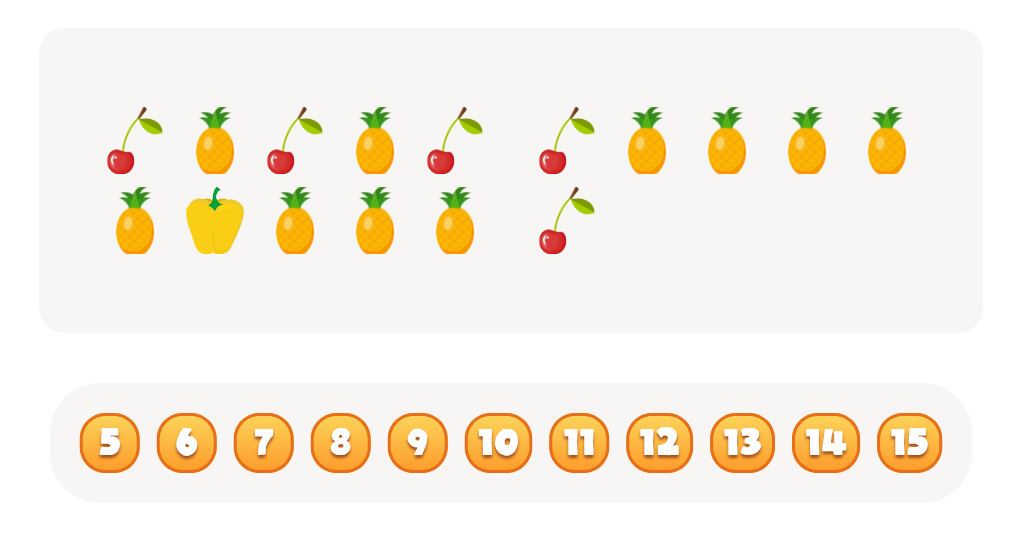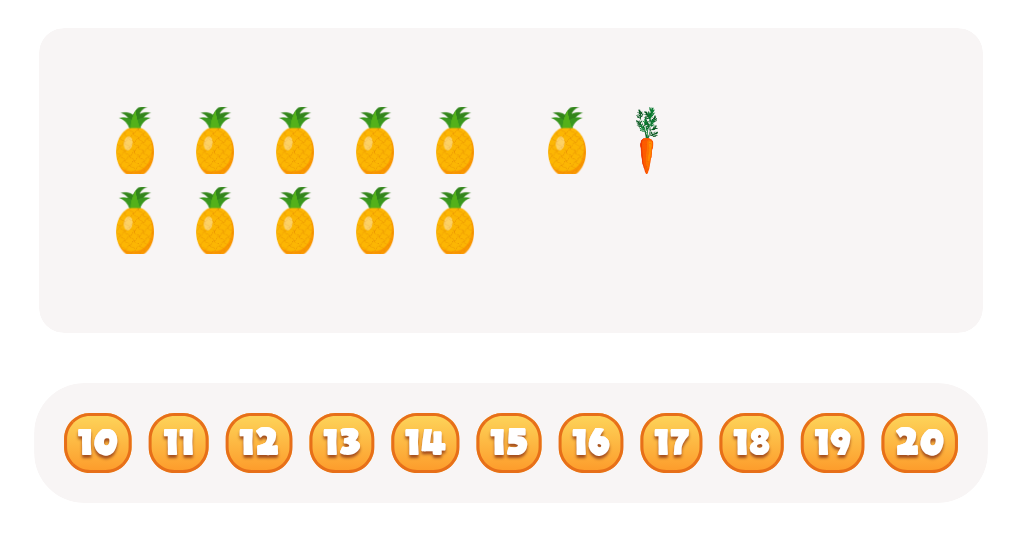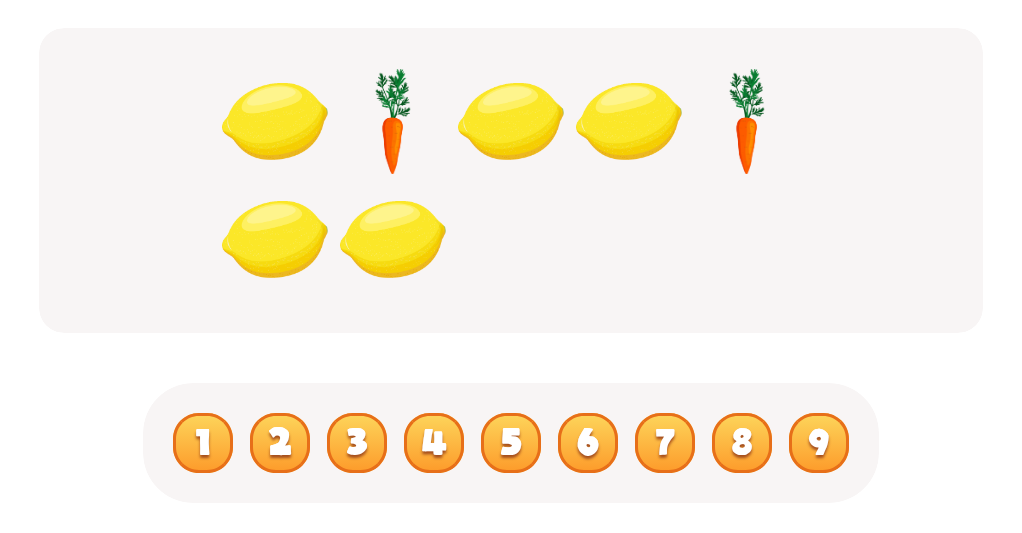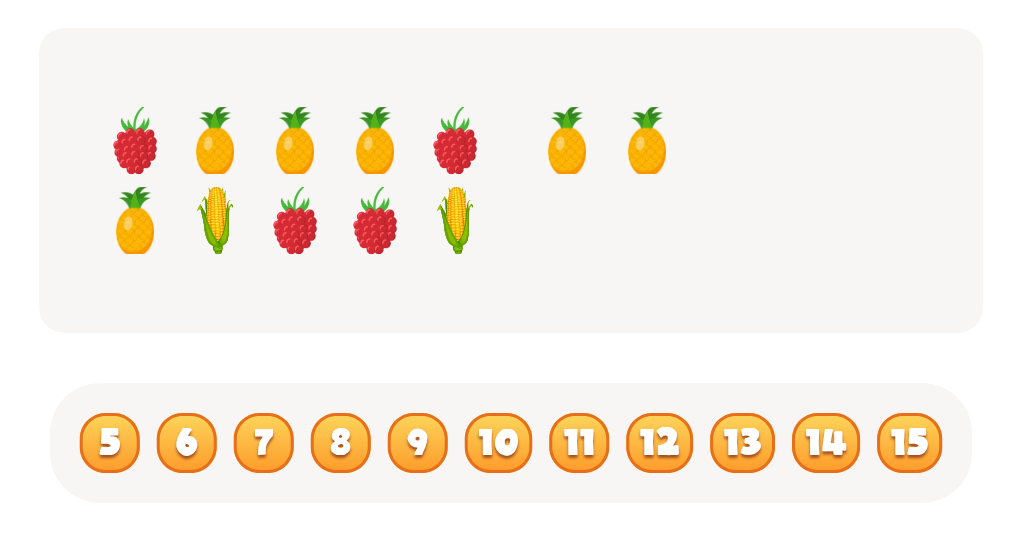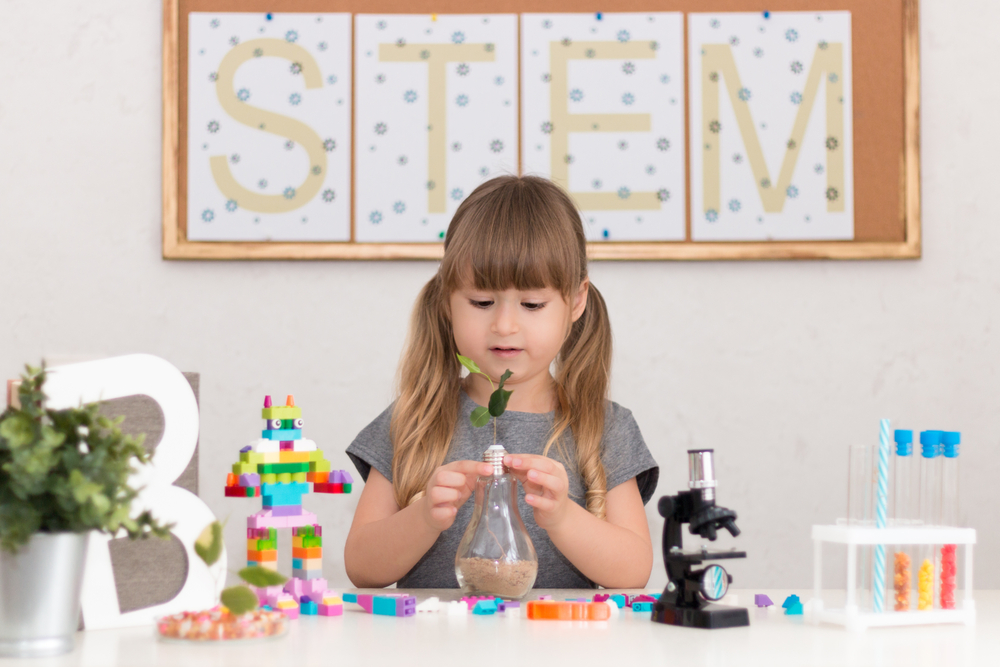Cognitive Development Normal Plants and Animals Worksheets for Ages 3-7
7 filtered results
-
From - To
Enhance your child's cognitive development with our engaging "Normal Plants and Animals Worksheets" designed for ages 3-7. These fun and interactive worksheets are perfect for teaching young learners about the fascinating world of plants and animals. Through a variety of activities, children will explore important concepts such as categorization, observation, and critical thinking. From coloring activities to simple matching exercises, these resources are tailored to foster curiosity and promote understanding of nature. Ideal for home or classroom use, our worksheets provide a solid foundation for young minds to flourish while enjoying the wonders of the animal kingdom and plant life. Explore today!
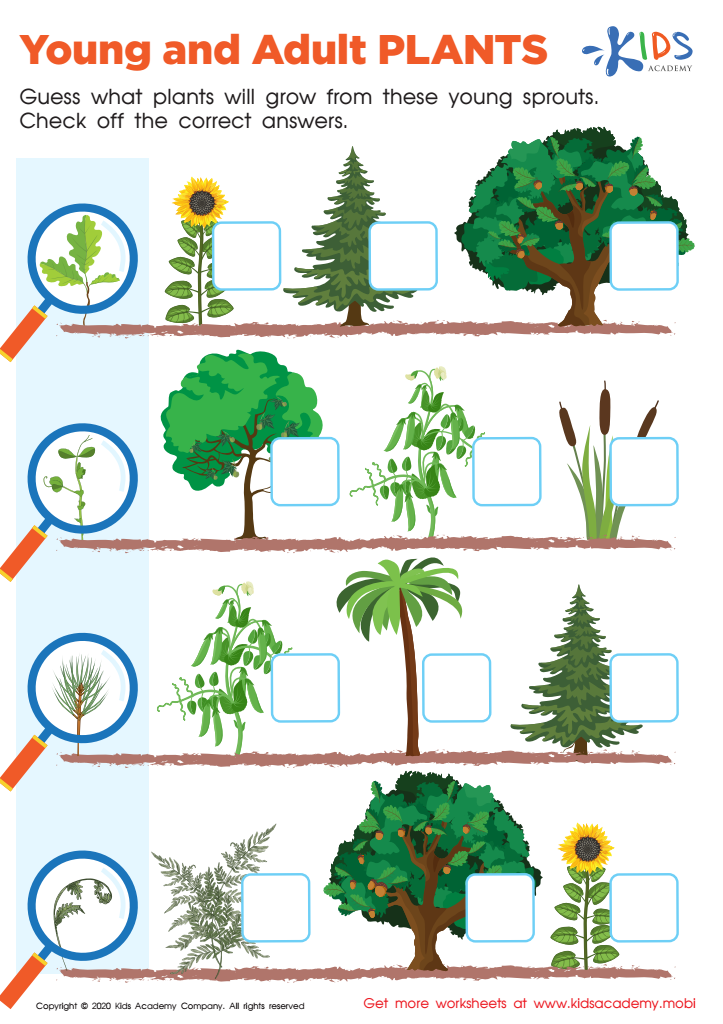

Young and Adult Plants Worksheet
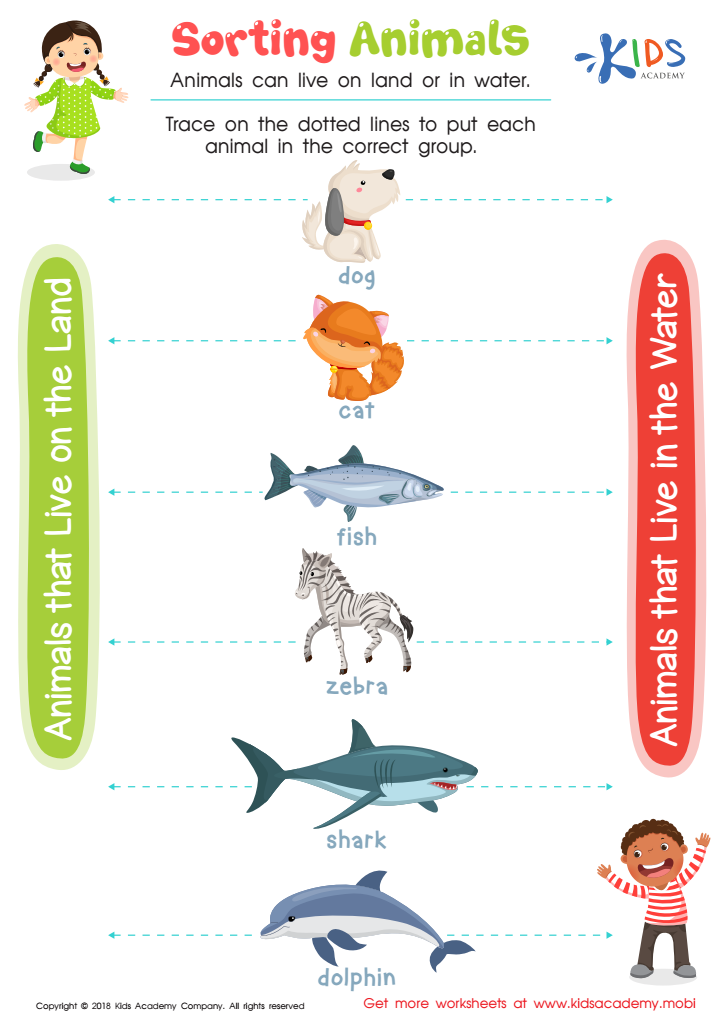

Sorting Animals Worksheet
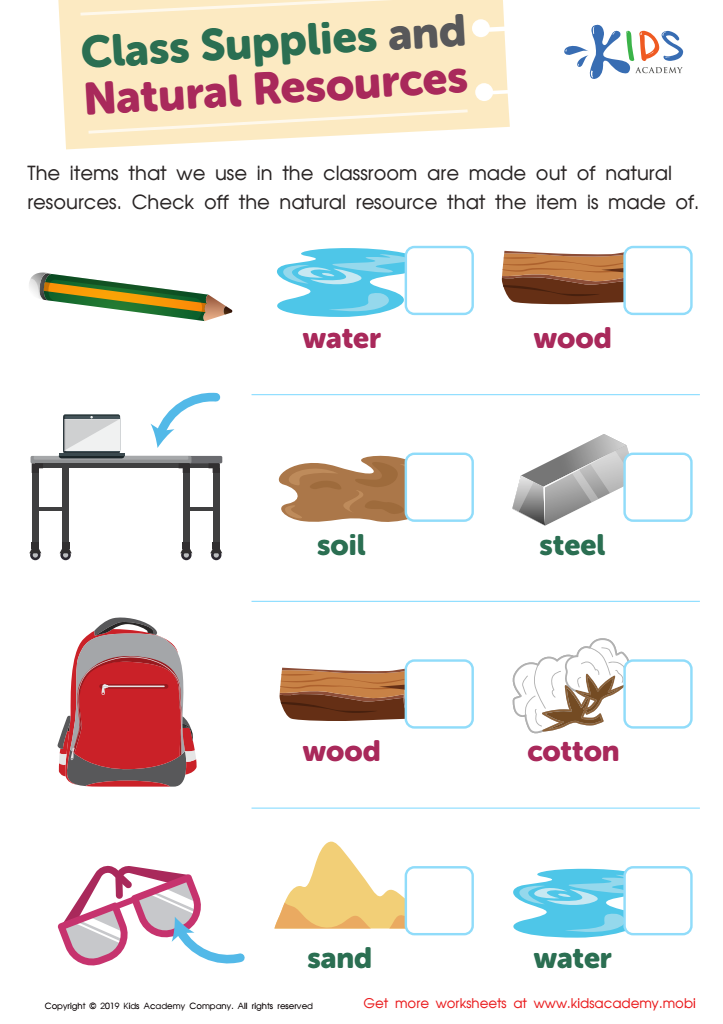

Class Supplies and Natural Resources Worksheet
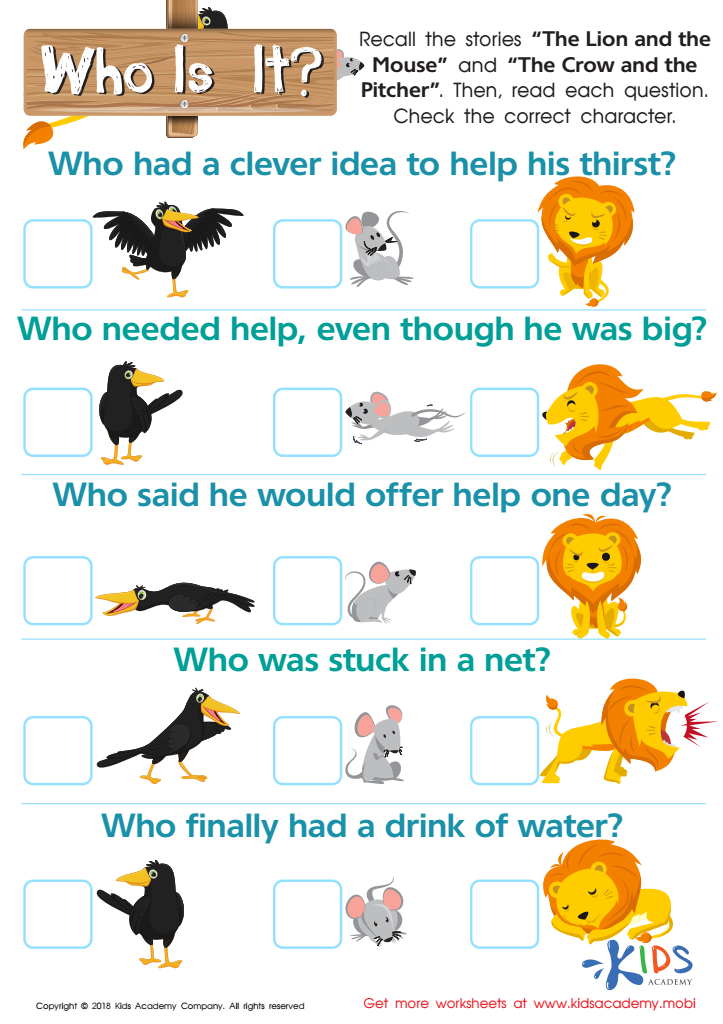

Who Is It? Worksheet
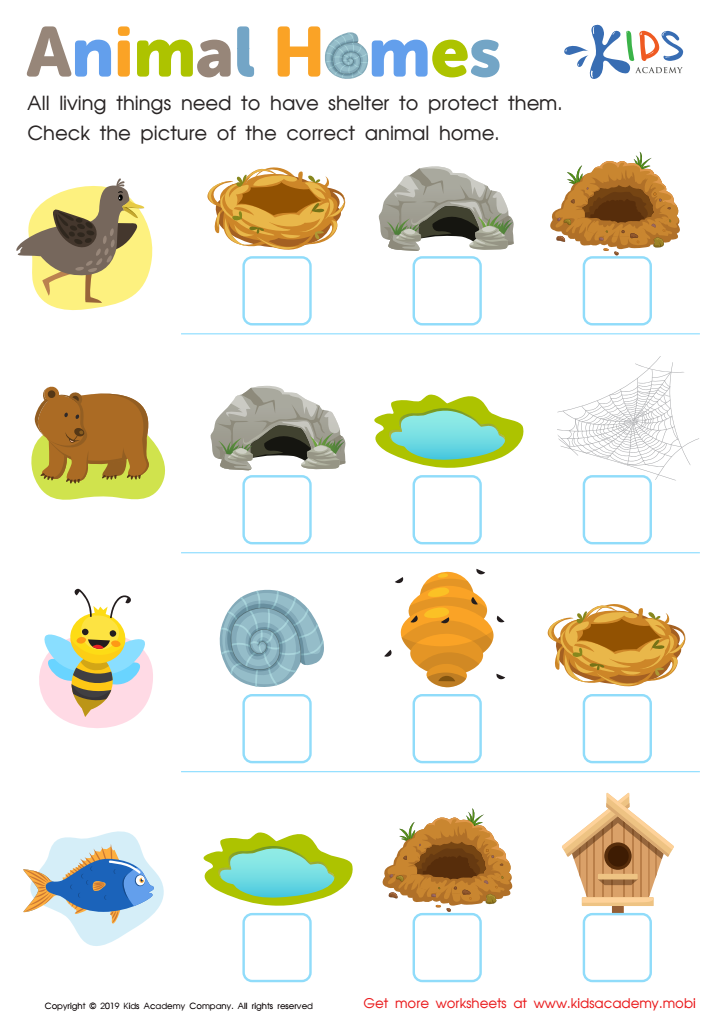

Animal Homes Worksheet
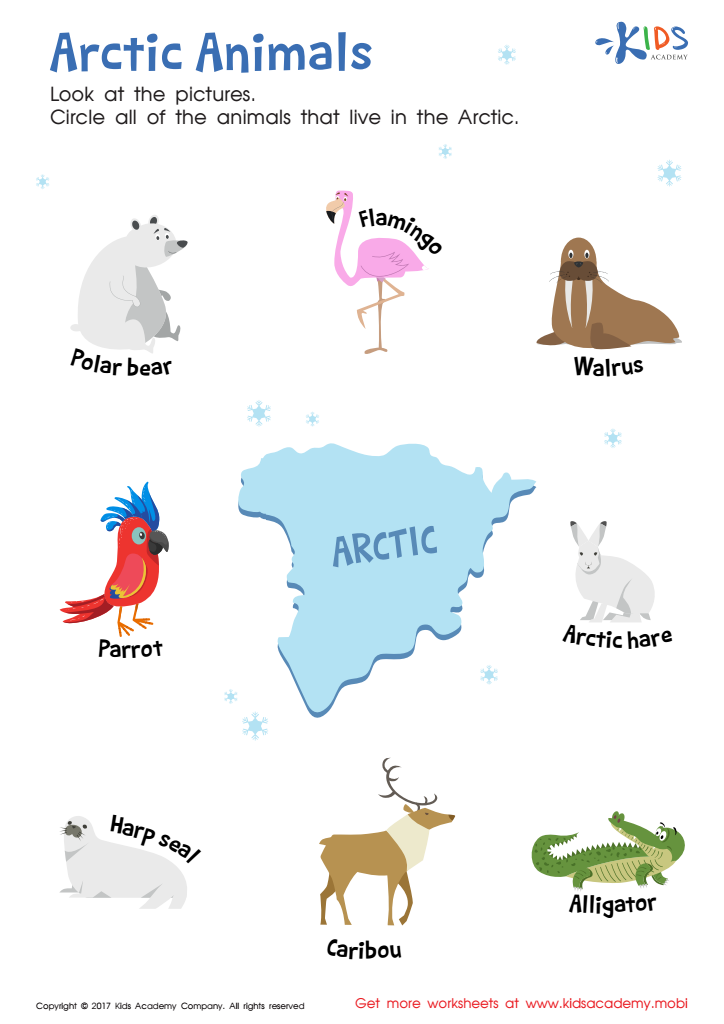

Arctic Animals Worksheet
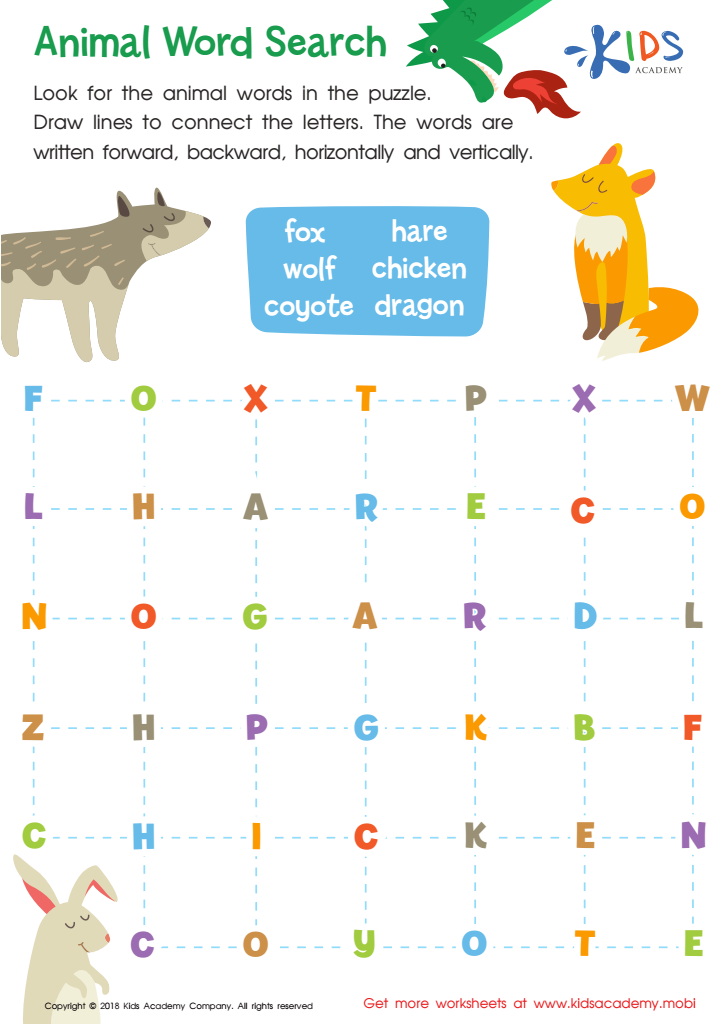

Animal Word Search Worksheet
Cognitive development in early childhood, particularly concerning normal plants and animals, is crucial for a child's understanding of the natural world, which shapes their curiosity and lifelong learning. For children aged 3-7, engaging with the concepts of plants and animals helps them develop critical thinking skills and an appreciation for biodiversity. Teachers and parents play a fundamental role in this journey by facilitating outdoor activities and discussions that encourage observation and exploration.
Understanding plants and animals fosters inquisitiveness, as children start to ask questions about nature, thus building their language and reasoning abilities. Early exposure to ecological concepts lays a foundation for environmental awareness and responsibility later in life. Additionally, recognizing patterns and relationships in nature enhances cognitive processes such as categorization and classification.
Moreover, engaging with nature promotes emotional and social development. Activities involving plants and animals can encourage cooperative play and teamwork, fostering social skills vital for developing healthy relationships.
Incorporating lessons about normal plants and animals into education promotes holistic development, nurtures a sense of wonder, and supports the formation of a well-rounded individual. Therefore, parents and teachers should actively foster opportunities for children to explore these essential life concepts.
 Assign to My Students
Assign to My Students

